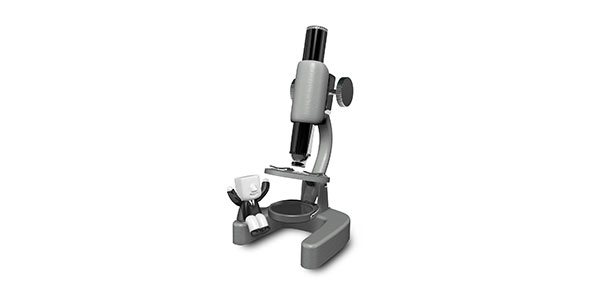Related Flashcards
Related Topics
Cards In This Set
| Front | Back |
|
Reseach Design
|
Encompasses the entire research process including sampling, data collection, and analysis
- provides a plan for answering the research questions or hypotheses |
|
Purpose of Research Designs
|
Describe phenomena- quantitative or qualitative
Explain relationships among variables- correlational Predict relationships among variables- experimental Examine causality |
|
Causality
|
-the relationships between cause and effect
-requires manipulation of IV in an experimental design -cause precedes effect (assumption) |
|
Extraneous variables
|
Those that confound or confuse the effect of the IV on the DV
- control for extraneous variables through randomization, etc. |
|
Random sampling
|
All people in the population of interest have the same probability of being selected to be in the study
|
|
Random assignment
|
All subjects in the sample have an equal chance of being assigned to either the treatment or the control group
- after someone decides to be in the study |
|
Internal validity
|
The degree to which one can conclude that it was the IV, not extraneous variables, that produced the change in the DV
|
|
Threats to Internal Validity (7)
i.e. change in DV was due to (threat) instead of the IV |
- selection bias- due to diff. in characteristics of subjects
- history- occurred during the course of study to effect DV - maturation- sub. may change/mature over time - testing- pretest influences responses to posttest - Instrumentation- changes in measuring variables - mortality- loss of subjects before completed - statistical conclusion validity- confidence of results |
|
External Validity
|
The degree to which the results of the study can be generalized to other subjects, settings, and times.
|
|
Threats to External Validity
|
-Construct Validity
-Reactivity -Effects of Selection -Interaction between treatment and subjects -Interaction between treatment and setting -Interaction between treatment and history |
|
Construct validity
|
Allows researchers to determine if instruments are actually measuring the theoretical concepts that are intended to be measured.
- was the study/instruments used constructed well enough to provide a strong framework/data |
|
Reactivity
|
Subjects behave differently by virtue of participating in the study (Hawthorne Effect)
|
|
Decrease the threat of Reactivity
|
1) Single Blind- subjects don't know treatment
2) Double Blind- subjects and testers don't know which treatment is which |
|
Retrospective Designs
|
-ex post facto (after the fact)
- start with the DV and look back in time to determine possible causative factors. - no ability to directly manipulate the IV and the subjects cannot be randomly assigned (nonexperimental) - can NEVER be experimental |
|
Cross-Sectional Design
|
-Nonexperimental designs
-provides a snapshot by looking at one point in time for each subject -difficult to establish cause and effect |








